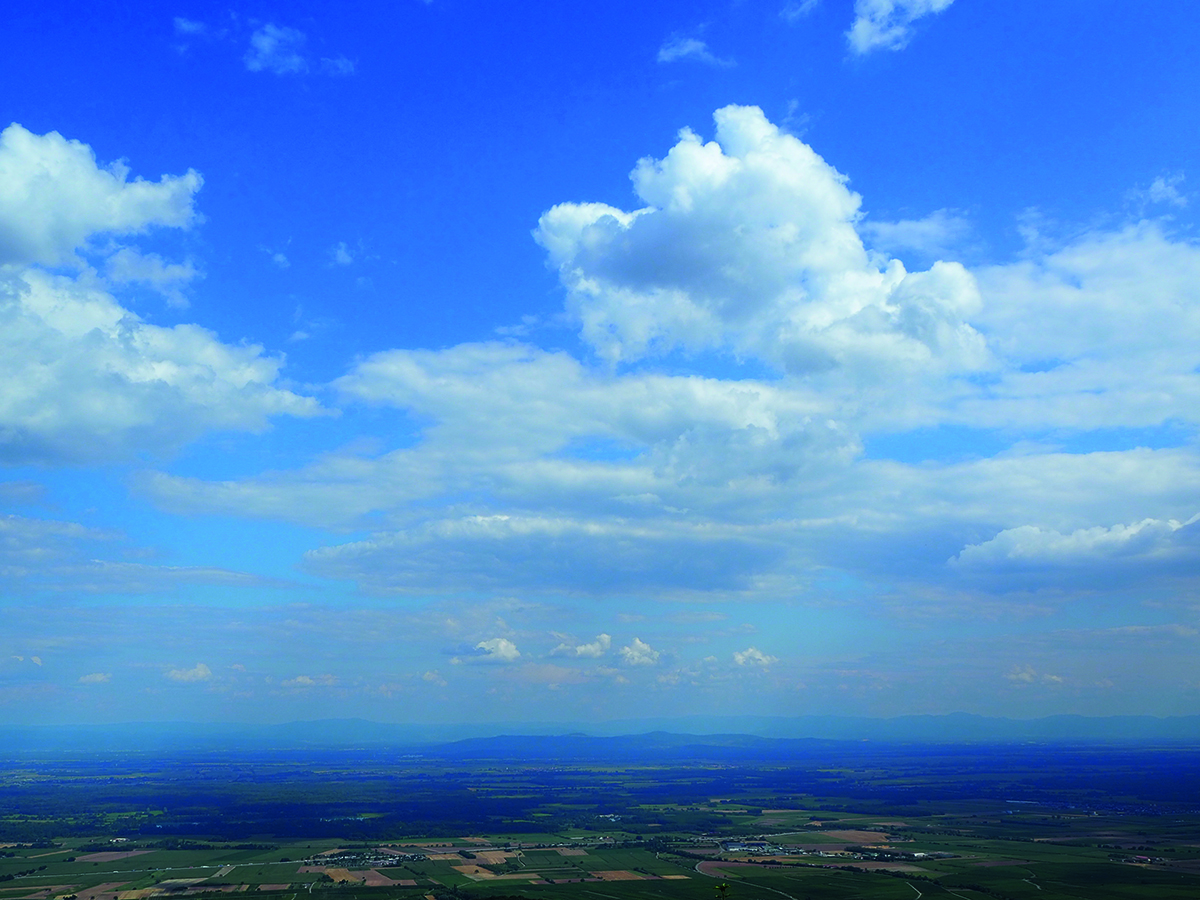
The view across the Rhine valley from Alsace’s Chateau de Haut-Koenigsbourg to Germany’s Black Forest.
LUX takes a journey from Alsace-Lorraine to Lake Constance, through a historic, beautiful, tranquil and gastronomic part of France and Germany that is curiously overlooked on the international tourist map
Location photography by Isabella Sheherazade Sanai
There was a point at which, quite abruptly, the Autoroute A4, the east-west artery arrowing out of Paris towards Germany, became interesting. For hours before this point, we had been driving on a wide motorway flanked by flattish fields. Wind turbines and the occasional tractor were for the most part the only distractions from the monotony, with the exception of a brief section, near the city limits of Reims, where the vineyards of Champagne crept up an unexpected hill to our right. But the Montagne de Reims is better experienced in a glass than through the glass.
Follow LUX on Instagram: luxthemagazine
An hour or so east of Reims, as if the gods of scenery had decided on a set change there and then, the highway swept to the left and up through a sudden forest on a long incline. The forest felt ancient, revealing glades and streams between its fronds, even when travelling at a cruise. There had been no warning of this scenery’s arrival, making it all the more compelling. In a few miles, a sign told us we were in the Forest of Argonne, known as the site of some of the worst battles of the first world war, and among oenophiles as the source of wooden barrels for some of the world’s great wines.
As if now trying to free itself from its straight-laced former self, the motorway writhed through a series of hills, along viaducts and across shallow valleys. We were now in Lorraine, technically part of the same, recently created region of Grand Est that we had been driving through for hours, but in reality a different part of Europe, historically, linguistically and, evidently, topographically. Lorraine, by itself or bound to neighbouring Alsace, is arguably as Germanic as it is French. Without crossing a border, we had changed nations.

Riquewihr, one of the historic villages on the Alsace wine route
We turned off near Verdun and followed a country lane that tracked a little river, turning left at a little junction and heading into the forest. Through a tiny one-horse village aligned along the road, and some wrought-iron gates, and we arrived at our overnight stopover, the Lodge Hôtel du Domaine de Sommedieue.
Read more: Why we’re dreaming of summers at Badrutt’s Palace, St Moritz
The reception area doubled as a restaurant, in an old building with a few tables outside, scattered across a lawn shaded by tall trees and bordered by a series of ponds. Our room, tidy, clean, well prepared and functional, was in a newly refurbished building a few metres away. The Sommedieue advertises itself as a fishing lodge, but we don’t fish, so we ordered a bottle of very good Côtes du Rhône from the receptionist/ waitress, who happily chilled out by the bar with her beau, with no pressure on us late arrivals to drink up and allow her to lock up. We drank the bottle, then another, at an outside table, alone with our thoughts and the plopping of fish, until a deep night-time absorbed us all.

Uberlingersee, the northwestern stretch of Bodensee (Lake Constance), in southern Germany, is an idyllic destination for summertime leisure visitors
The next morning the waitress had been replaced by the busy, jolly owner, who asked me which newspapers we would like. He placed a selection on a long wooden table inside the restaurant which he had festooned with a breakfast spread worthy of a still life: fresh, fat loaves, thickly sliced; home-made raspberry and apricot jam; slabs of butter; a bowl of apples.
We headed on, eastwards, through Lorraine, through forests and past rivers and lakes, still in France but with road signs reading as if they were in German: Harskirchen, Hirschland. Lorraine and neighbouring Alsace were at the heart of Europe’s history and wars for centuries, sometimes French, sometimes German, sometimes independent: they have seen peace only since the establishment of the forebear of the European Union after the second world war.
The town of Phalsbourg is bounded on one side by high wooded hills and on the other by meadows dropping down into the lowlands of Alsace. It sits on the border of Alsace and Lorraine, and we were there for its annual festival, the Festival de Théâtre. We arrived in the late afternoon, and walked into the central square, which with its gabled, almost Hanseatic architecture, feels like it belongs more to the Baltic than a country with a Mediterranean coast. We had a pizza on the terrace of one of the square’s handful of restaurants, while the festivities geared up; children and adults wearing the traditional red wandered by, eating candy floss and sipping on local wines respectively. A jazz band launched into a fabulous set as the day turned from gold to light blue to darker blue.
As the band finished, we climbed into the car and headed into the hills enveloped in deep forest and arrived, around midnight, at the Auberge d’Imsthal, a little inn set on a lake in the forest, ringed by hills. I sat on the balcony, listening to fish splashing and animals crashing through the forest, looking for shooting stars.

Notre-Dame de l’Assomption church in Phalsbourg, a town in the hills on the border of France’s Alsace and Lorraine regions
The Alsace Wine Route carves its way across slopes lined with vineyards and scattered with Hansel and Gretel villages. The road is slightly elevated from the Rhine floodplain, and as you snake through the vineyards you see views of the deep blue mass of the Black Forest mountains. Halfway along the wine route, we stopped off at the village of Eguisheim, which sits amid its vineyards near the leading edge of a steep hillside leading up to the Vosges mountains.
Read more: Artist Marc Ferrero on his collaboration with Hublot
Eguisheim is tiny – the size of a city square in Paris or Madrid – but seems both eternal and infinite. Its narrow streets, lined by 500-year-old gabled houses, many of them in pastel shades, are arranged in an oval shape, with a breathtakingly bijou square with a fountain at its heart. We sat in a courtyard belonging to a wine producer and drank light, pure local crémant rosé sparkling wine, as the sky and the buildings changed colour and a cool breeze wafted down from the mountains as night fell.
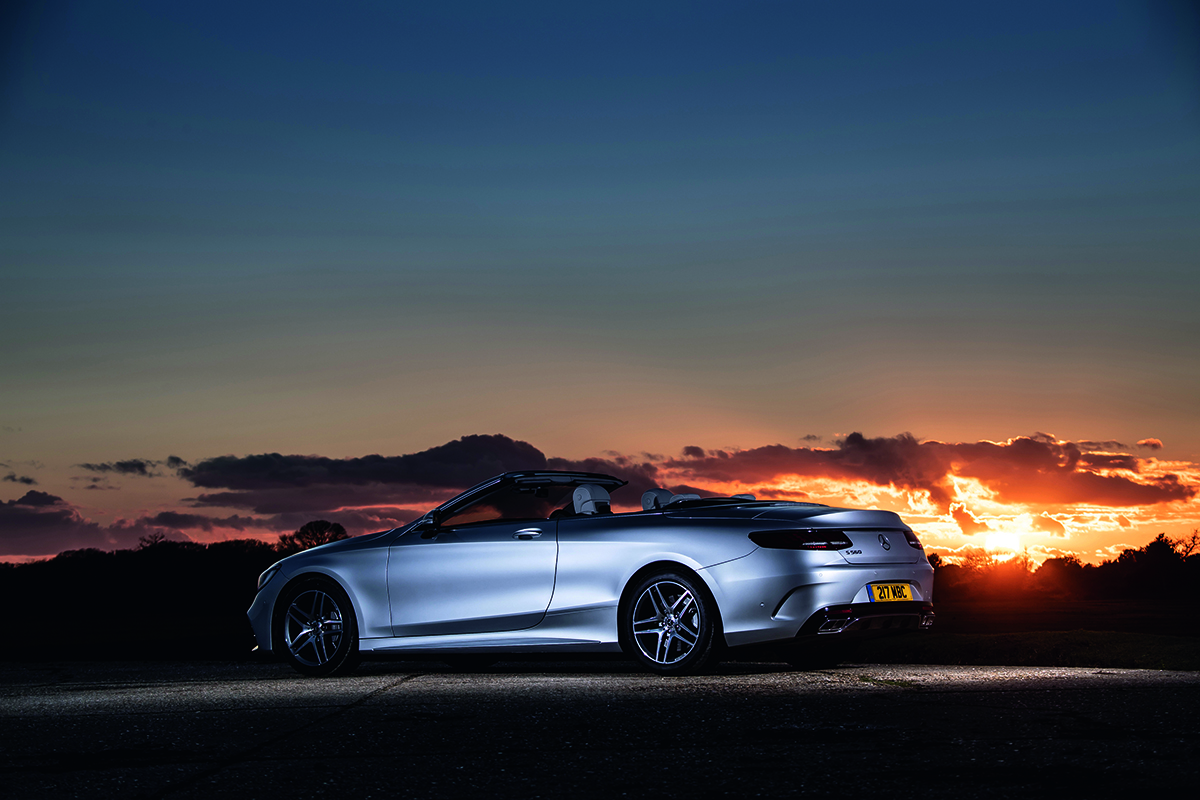
Mercedes S 560 Cabriolet
For our epic drive across Europe, we had a Mercedes S 560 Cabriolet, a big, handsome, luxurious convertible with seemingly limitless performance and the ability to whizz down any road in a ‘swoosh’ of power and smoothness. The armchairs cradled us like a jealous lover, and, with the roof down, their air-conditioning kept us chill when the sun shone, and warm at night.
The most memorable, and attractive, thing about the Swoosh-mobile was its effortlessness; the way you could fire it up and almost instantly be going at the speed limit, while it made bumps and bits of broken road disappear as if they were not there. So many fast cars these days are tuned as if they are going to be driven on a racetrack, riding down the road so firmly that you fear the movements on your expensive wristwatch will disassemble themselves every time you hit a bump, and making you fear for the integrity of the wheel every time you crash into a pothole. The S 560 is different: it is made to give its driver and passengers the most soothing drive possible, at a level of luxury that would have been inconceivable in a car only 15 years ago.
Read more: Entrepreneur Dr. Li Li on the importance of global relationships
If that makes it sound like the car is boring to drive, it’s not. There is a certain rakish, louche joy in whipping the roof down, cranking the concert-standard Burmester hi-fi up to high, and aiming down the road, elbow on window sill, the car emitting a deep, sonorous but quite muted gurgle. It responds well to changes of direction, not driving nearly as softly as its super-smooth ride would have you fear. Perhaps on a racetrack it would suffer against sportier rivals, but who takes this kind of car on a racetrack anyway?
It certainly didn’t suffer on the autobahn. Parts of German motorways remain free of speed limits, meaning that, once you spot the roadside sign telling you all speed checks are off you can go as fast as you wish without fear of being stopped or photographed by the police. As the autobahn descended from the Black Forest towards Bodensee (Lake Constance) on the final part of our journey, the no-limits sign appeared. The road arrowed straight down a gentle incline bordered on either side by meadows, with no junctions, and no traffic ahead of us. With the accelerator buried, and a rumble of chest-beating from somewhere inside the exhaust system, we surged, roof down, unstoppably, past an indicated 150mph in a matter of seconds. I finally eased off at 155mph when the wind above the open roof was at a severe hurricane level. The S 560 may be easy going, but it can also go.
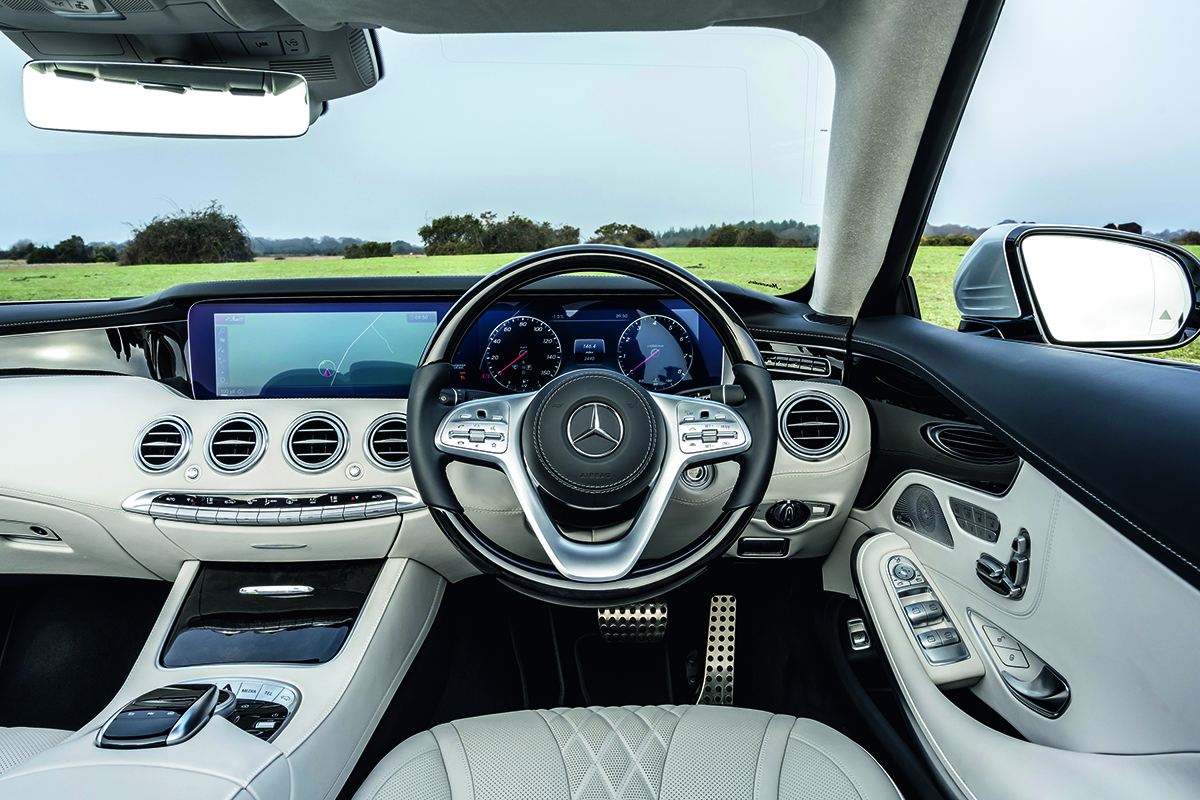
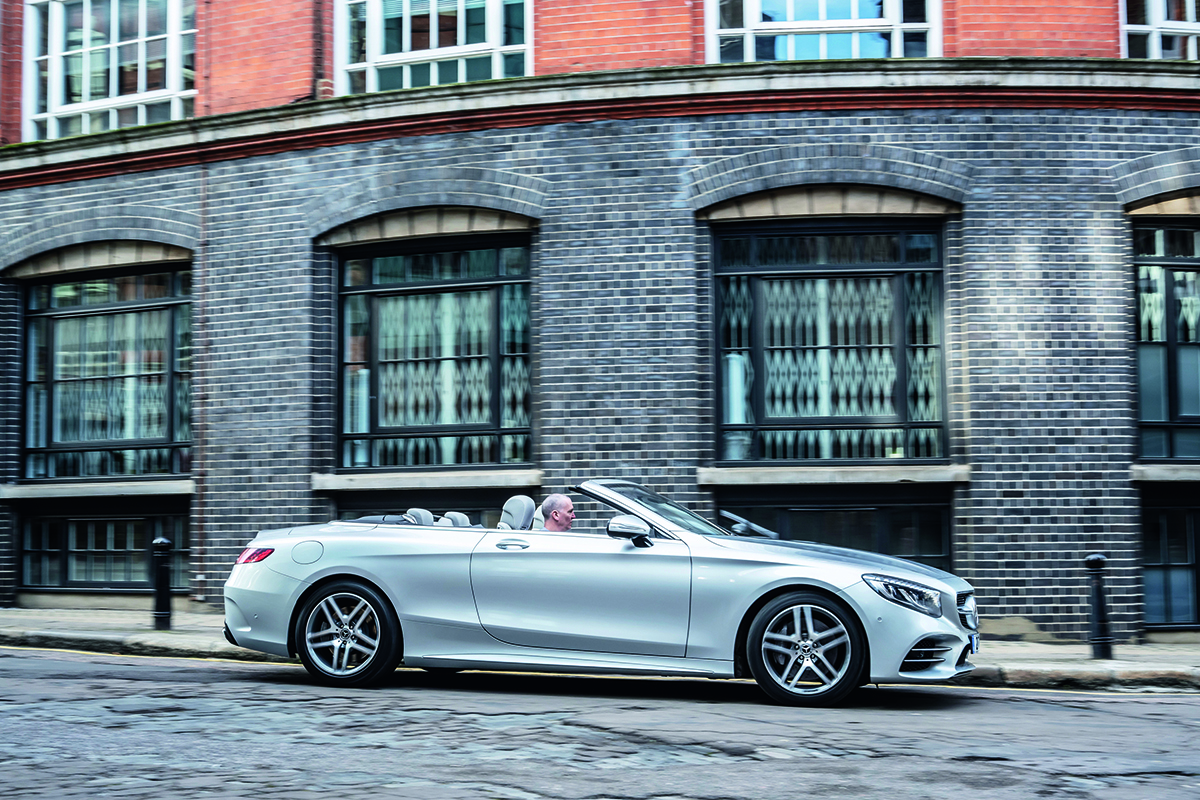
Such speed hastened our arrival on the shores of Bodensee, which is shared between three countries: Germany on its northern shores; Switzerland on the south shore opposite; and Austria at its eastern edge. Überlingen, on the German shore, is a small and historic resort town. That evening we strolled along the lakefront along a pathway festooned with gardens and small hotels, past the Strandbad (lake beach), where families were sunbathing, playing games and jumping into the lake, and to the centre of Überlingen. A row of cafes, restaurants and ice-cream booths faced the lake, alongside the pedestrian path; a passenger ferry docked, sending a mother duck and her ducklings into a tizzy and causing a passer-by to rescue a duckling which had jumped into a hole for safety. A ten-year-old brother and sister played trumpet and violin, quite competently, attracting a pile of donations for their bicycle fund. A mini beach-volleyball tournament attracted a small crowd, sipping local beer sold from a pop-up stand, on the waterfront. Überlingen is a special find, a tidy, beautifully preserved hark back to another era that feels all the more relaxing now because of it.
For our final overnight, we drove five minutes to the Park Hotel St Leonhard, on a gentle hillside, covered with meadows, orchards and vineyards, above the town. From the wide balcony of our room, the hill sloped down into the town towards the lake; across the two fingers of Bodensee, the lights of the settlements on the Swiss side lit up, the Alps forming a jagged graphic backdrop. The air was wet, herbaceous and grassy. This had been Europe, both new and old, at its very best; and sometimes true luxury cannot be measured by hotel stars.
Four Alsace wines to try
Alsace’s wines remain curiously undiscovered. Whites and sparkling dominate, all are fresh and sophisticated, some are sweet but others are dry, complex and fabulous value; and there are many good producers, keeping prices reasonable.
Domaine Trimbach Cuvée Frédéric Emile
Rich, rounded, but bone-dry riesling with layers of candy and lime. Fabulous wine and value.
Domaine Zind-Humbrecht Pinot Gris
Sweet but not cloying, packed with a thousand fruit salads and much more. One of the greats.
Bruno Hertz Crémant d’Alsace Rosé
Heart-stoppingly pure sparking pink, simple and delicious, tasting of summer forest.
Domaine Hugel Riesling
Somehow unctuous and dry at the same time, stony with kiwis; older vintages can age beautifully.
For more information visit: mercedes-benz.co.uk
Note: This trip was undertaken pre-lockdown. LUX paid in full for all the hotels in this feature.
This article was originally published in the Summer 2020 Issue.
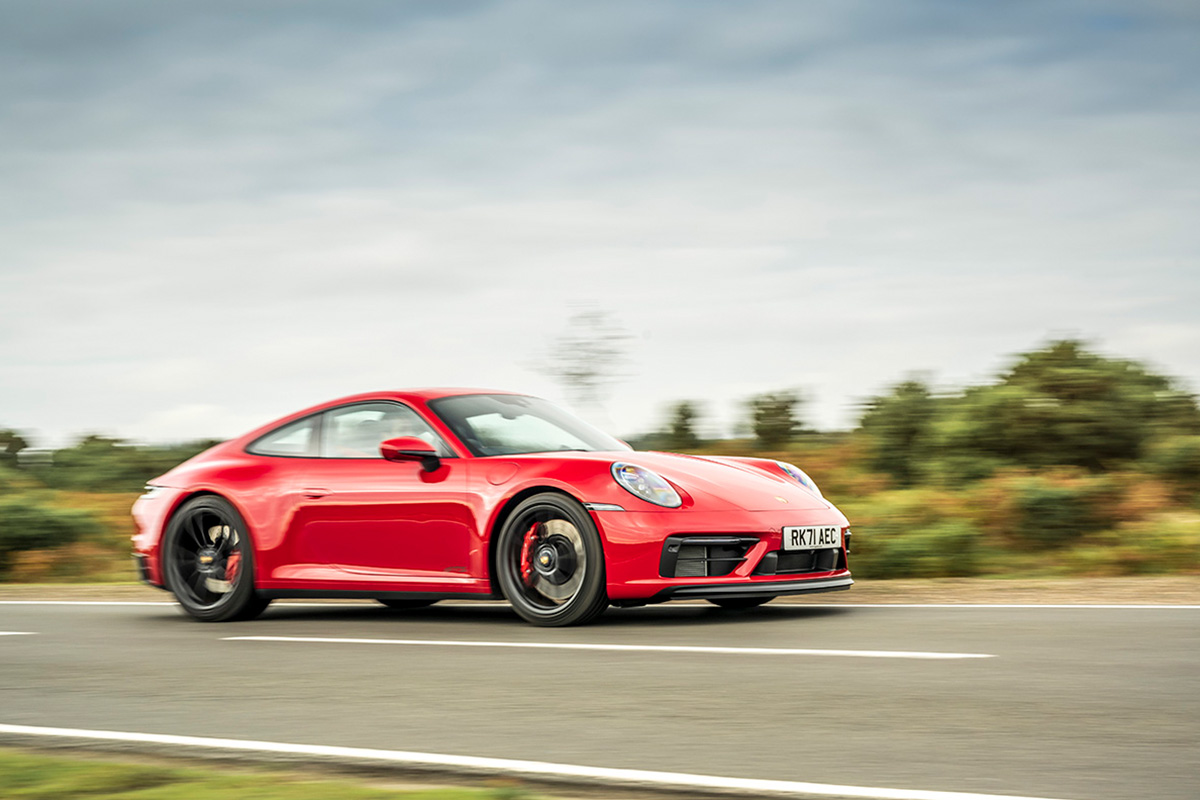
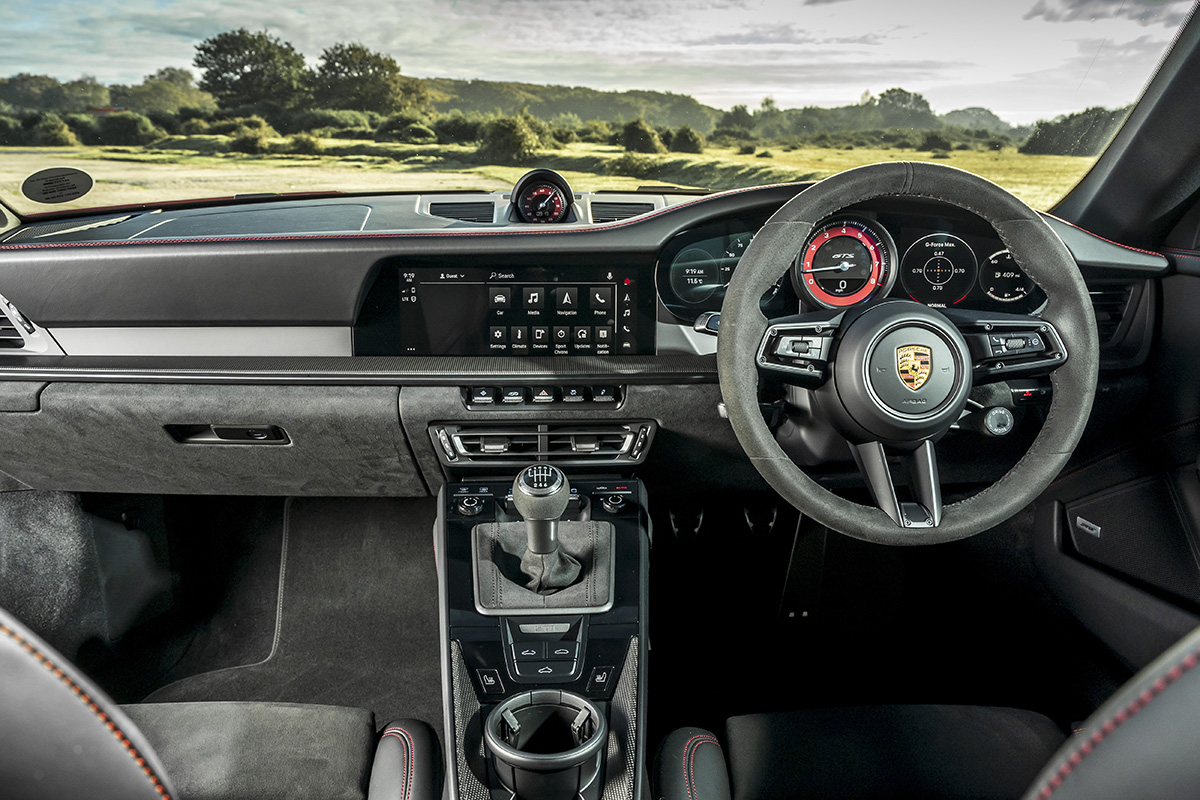

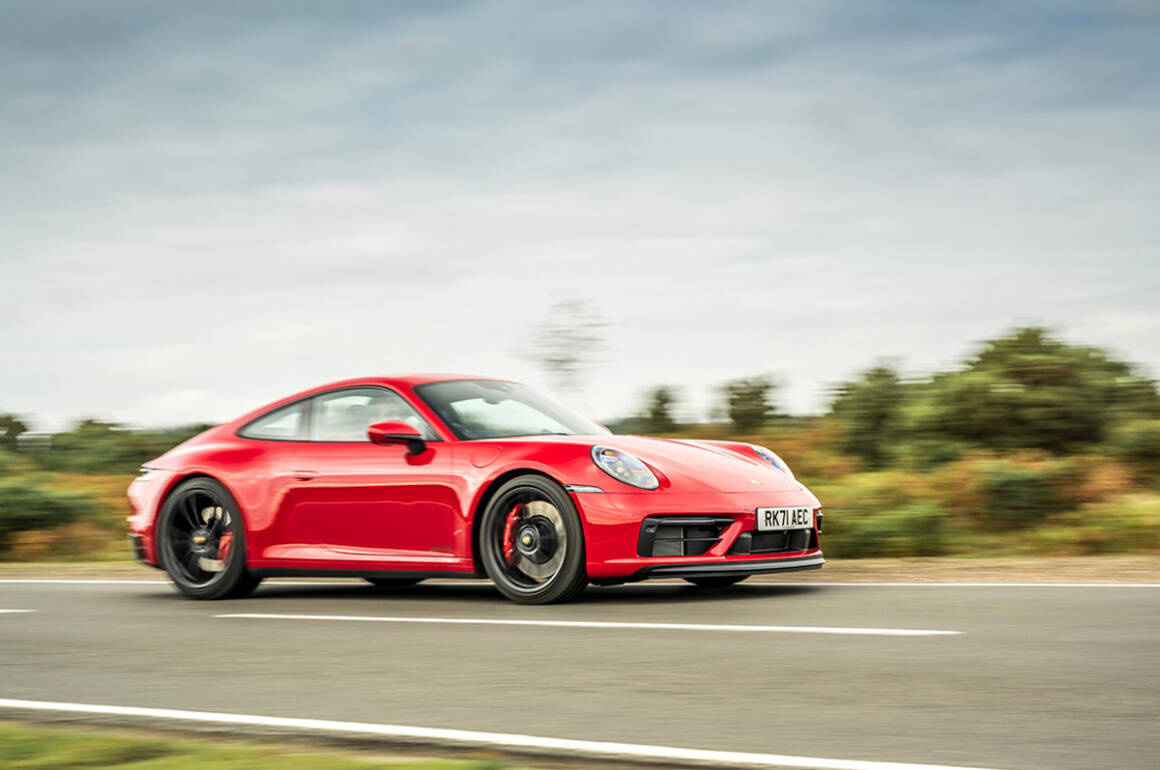

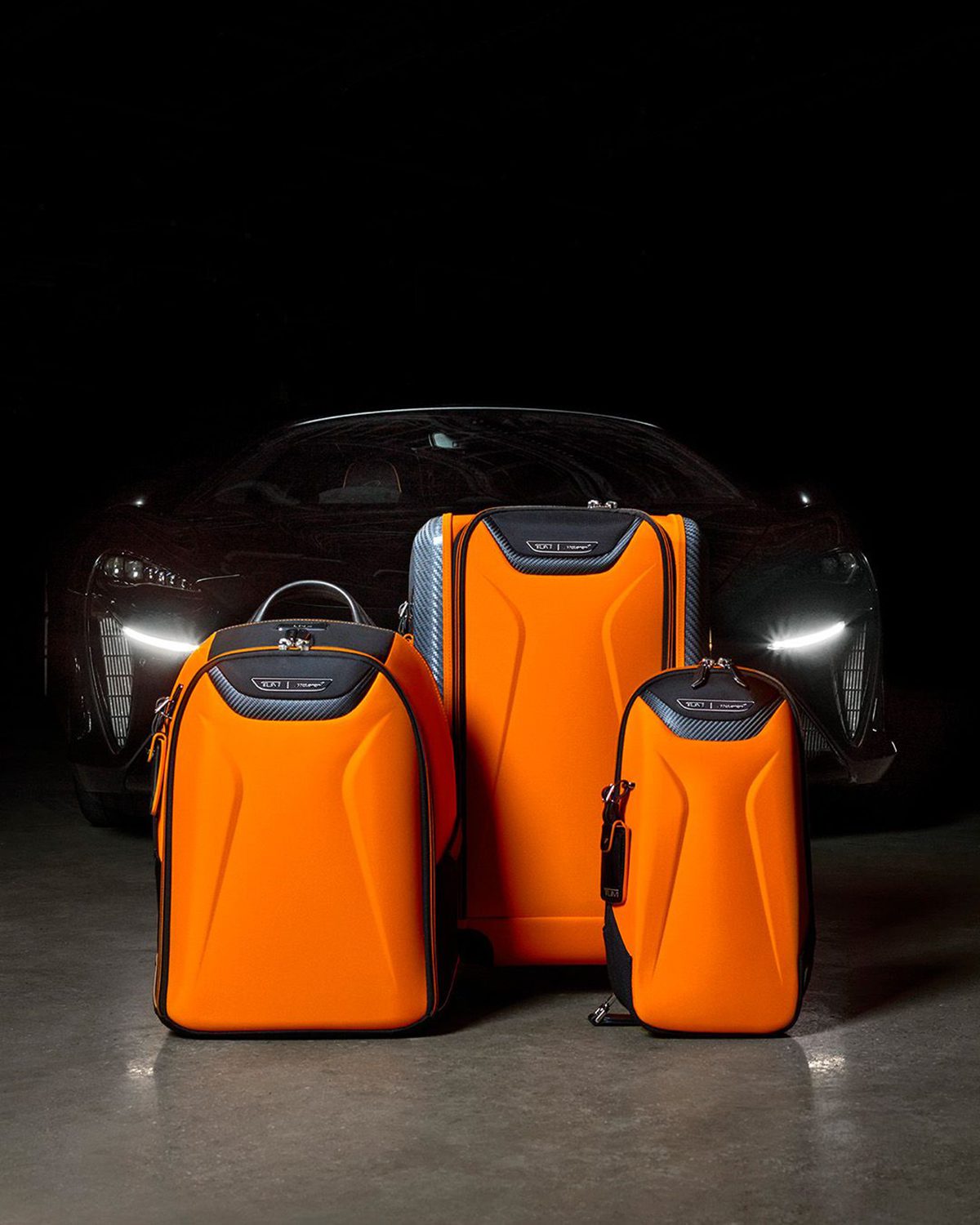
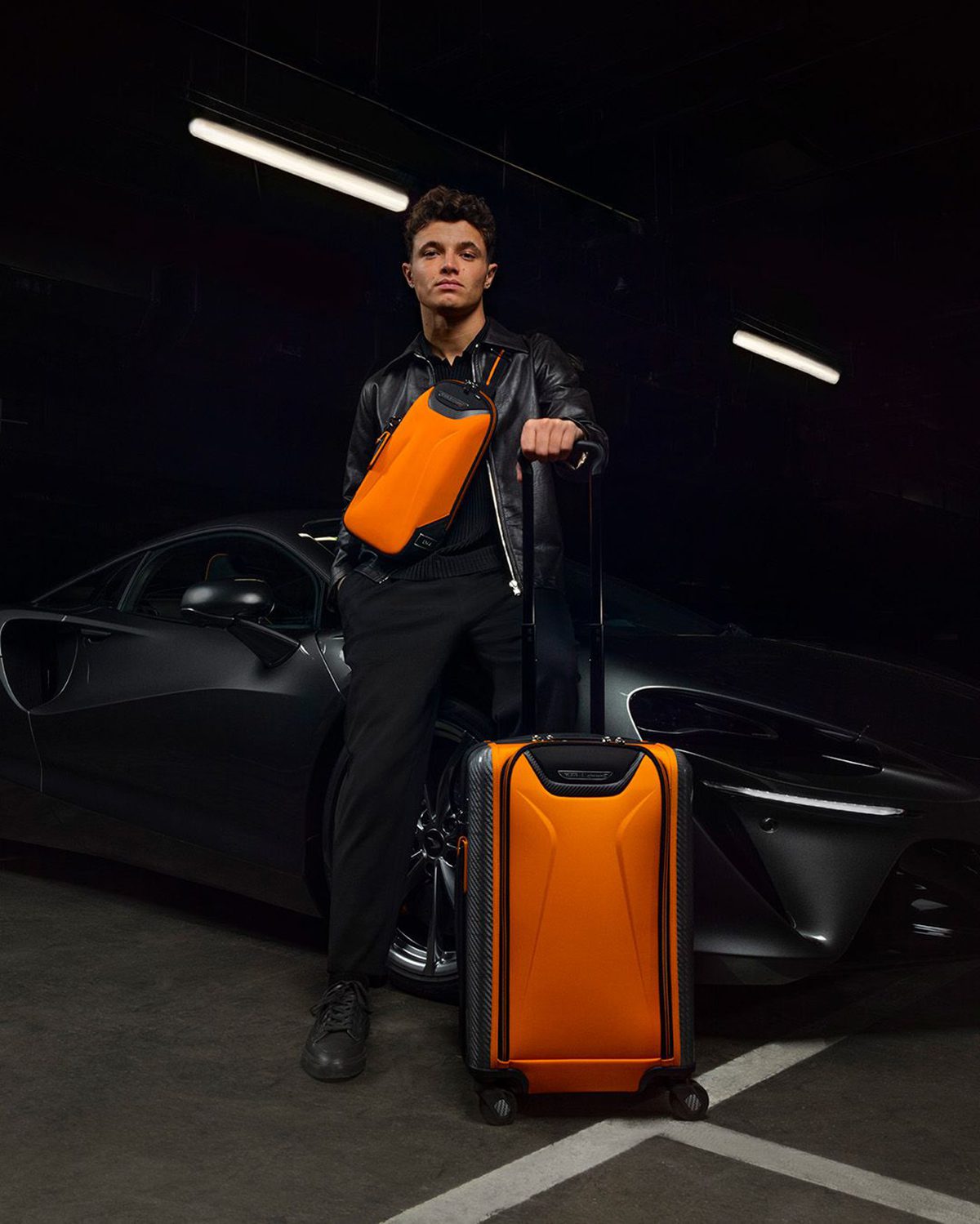
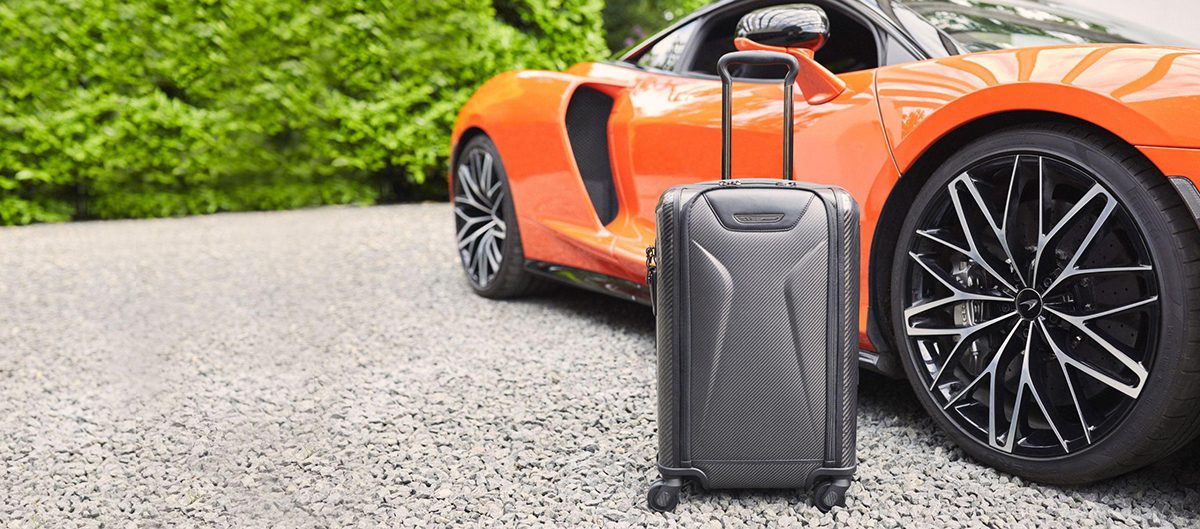

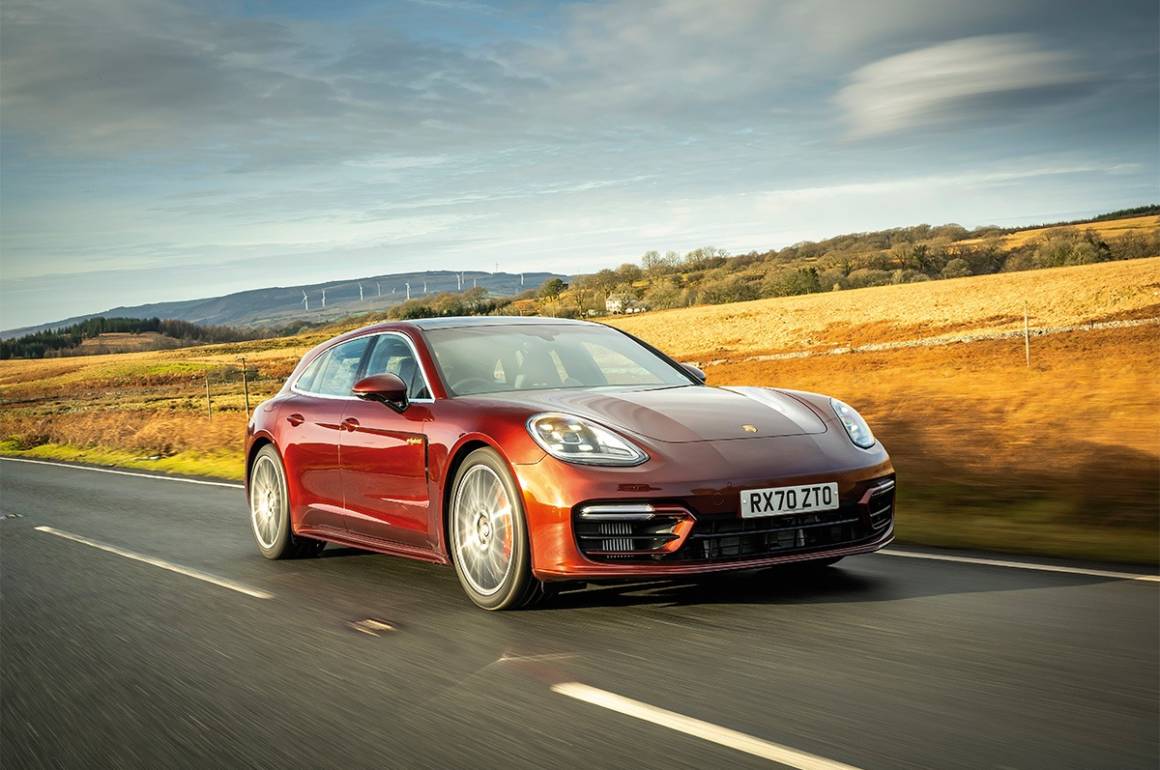


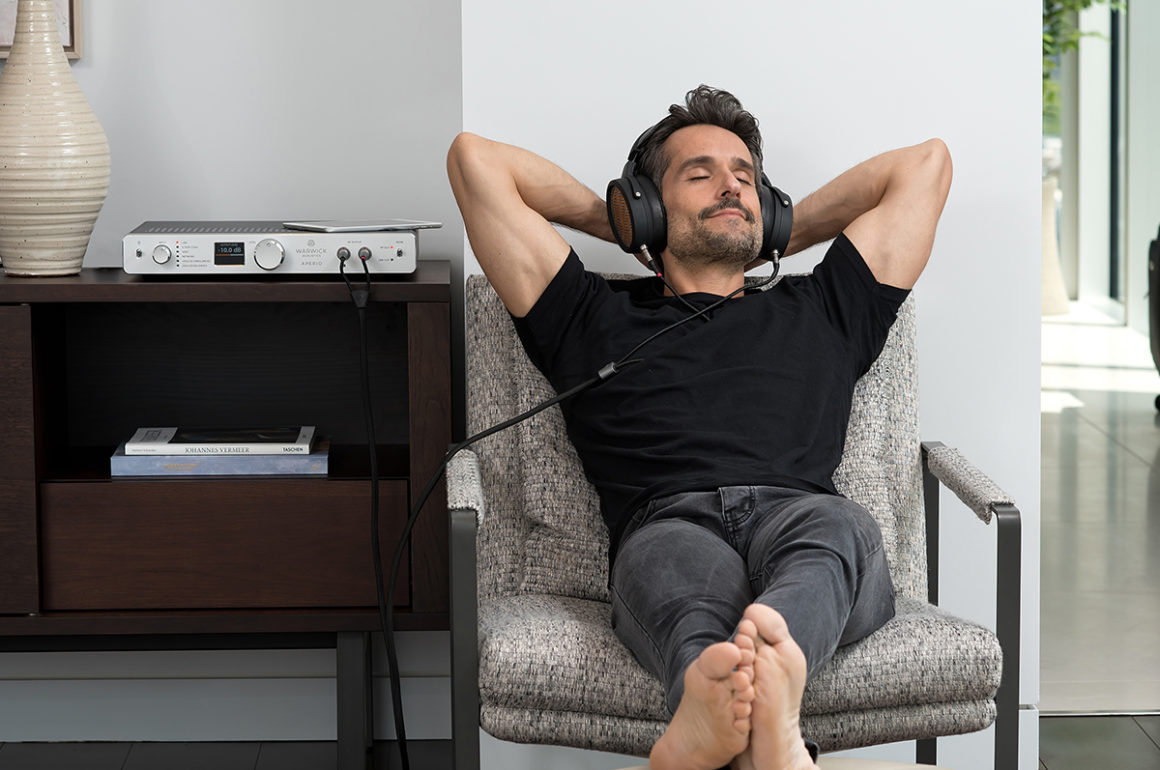
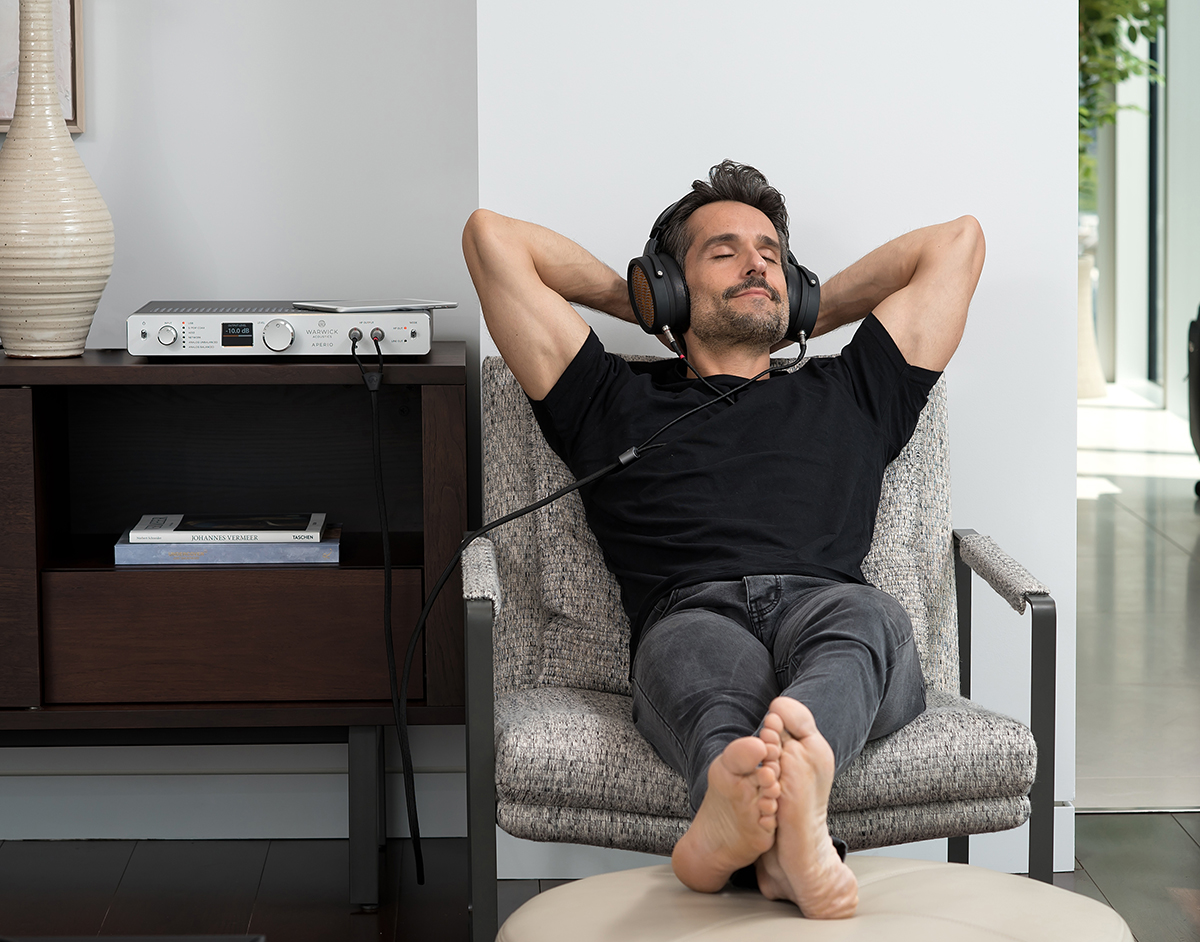
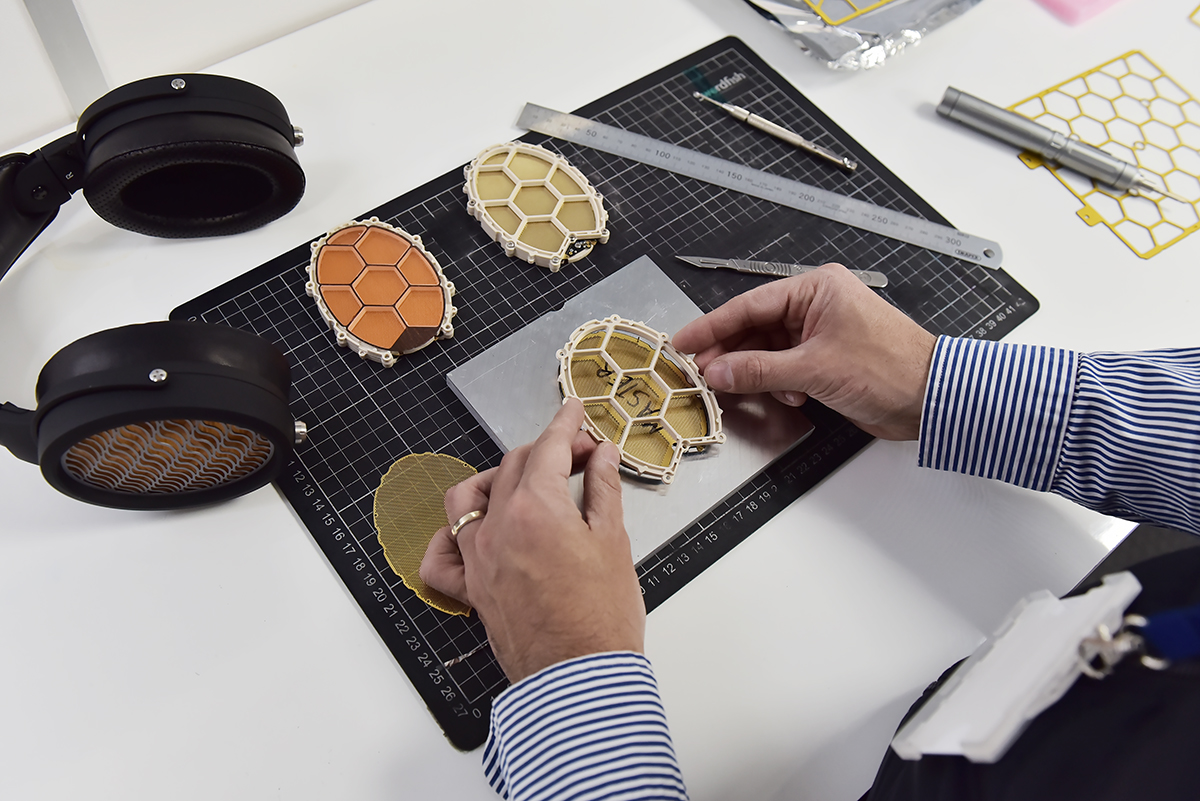
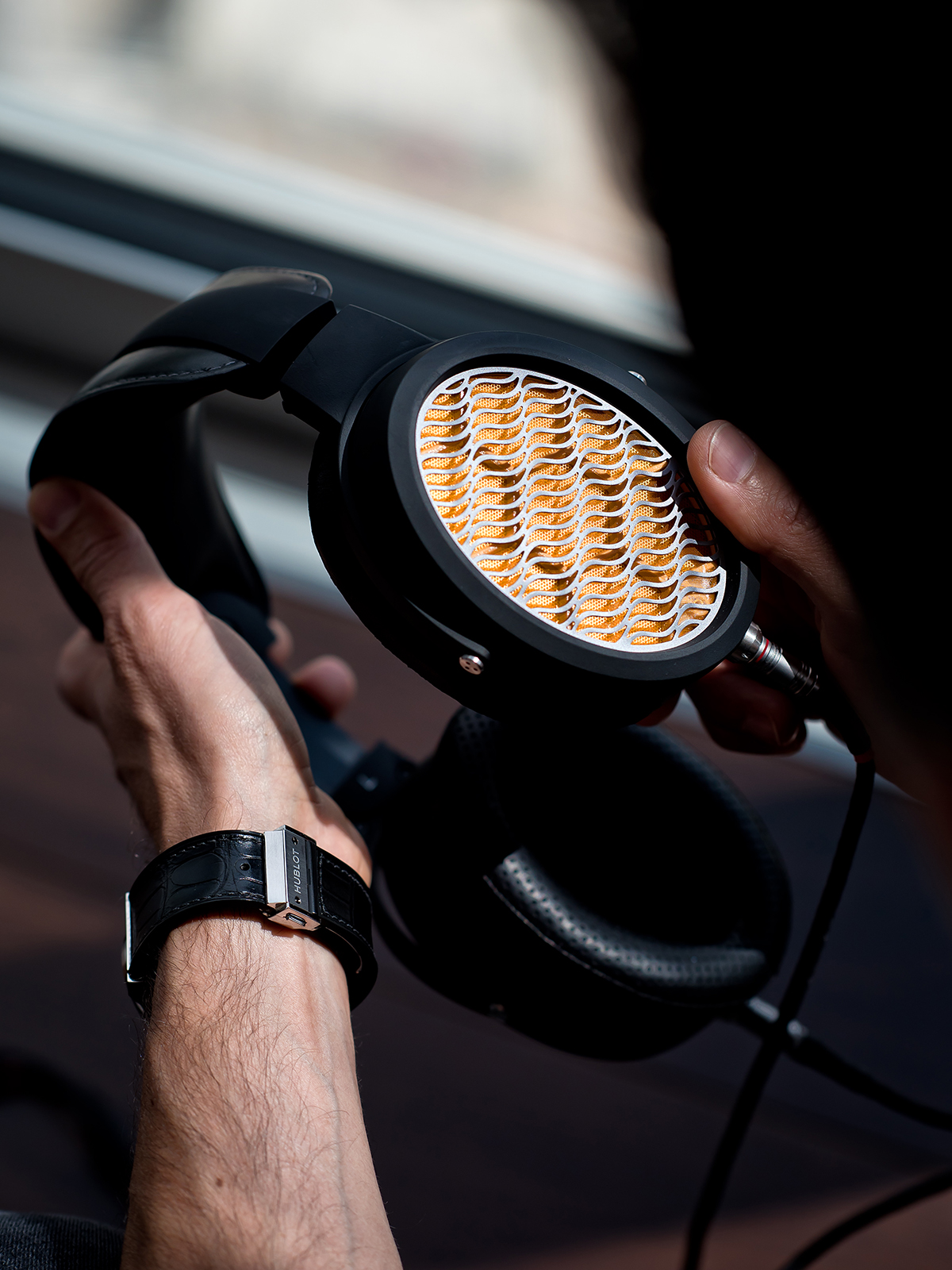
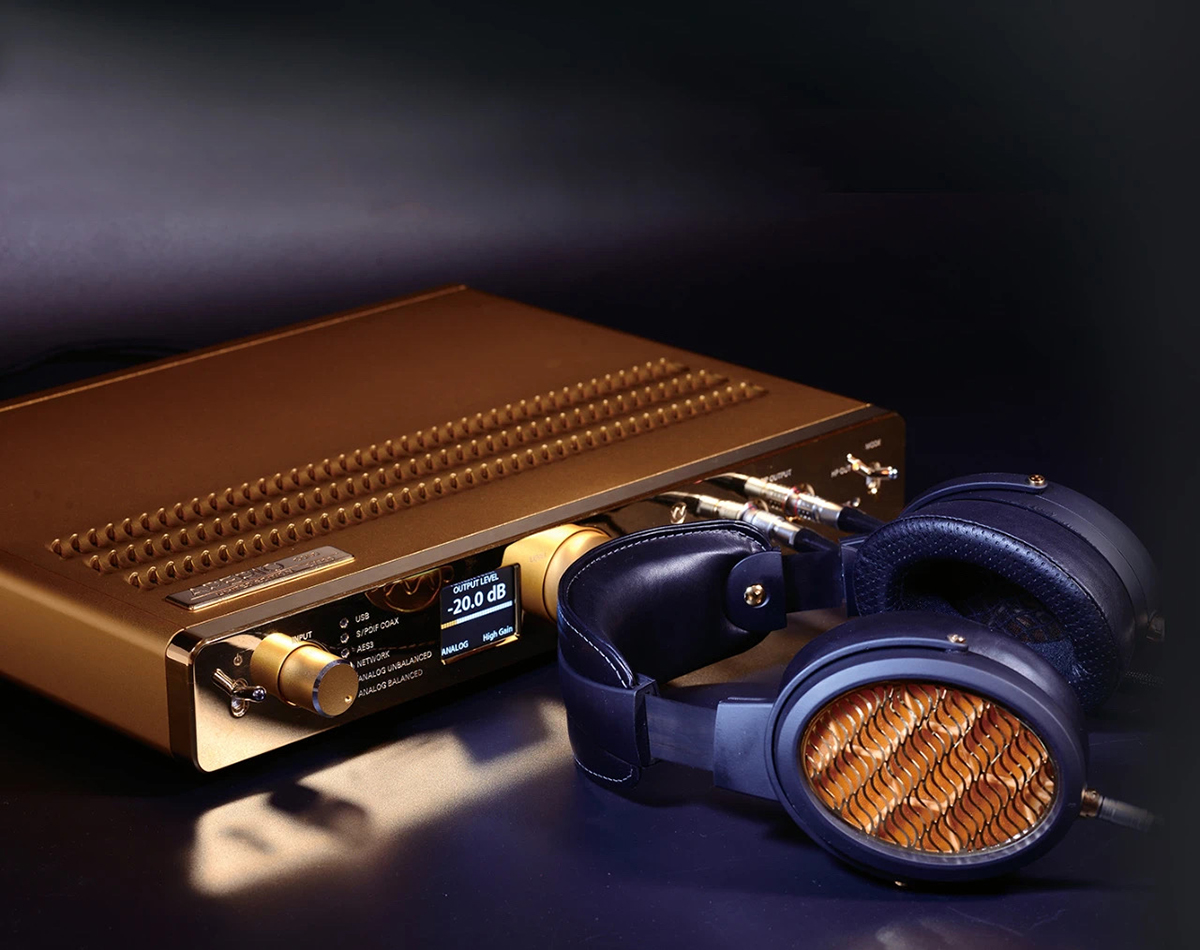
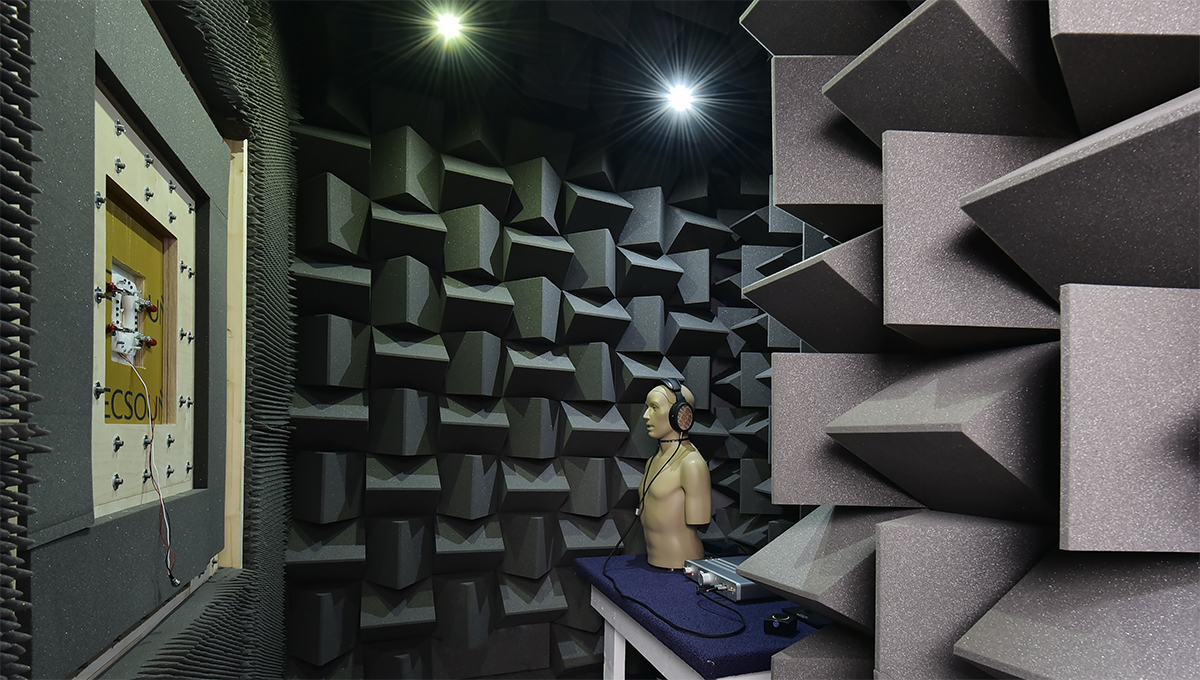
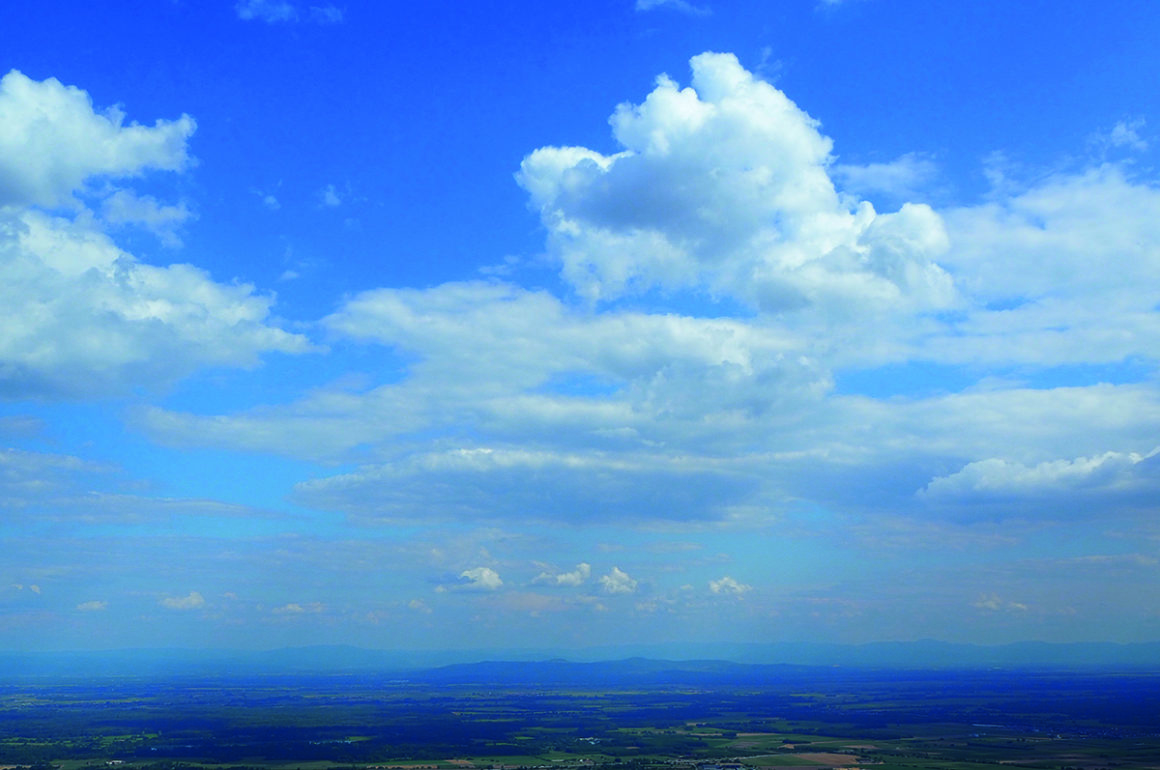








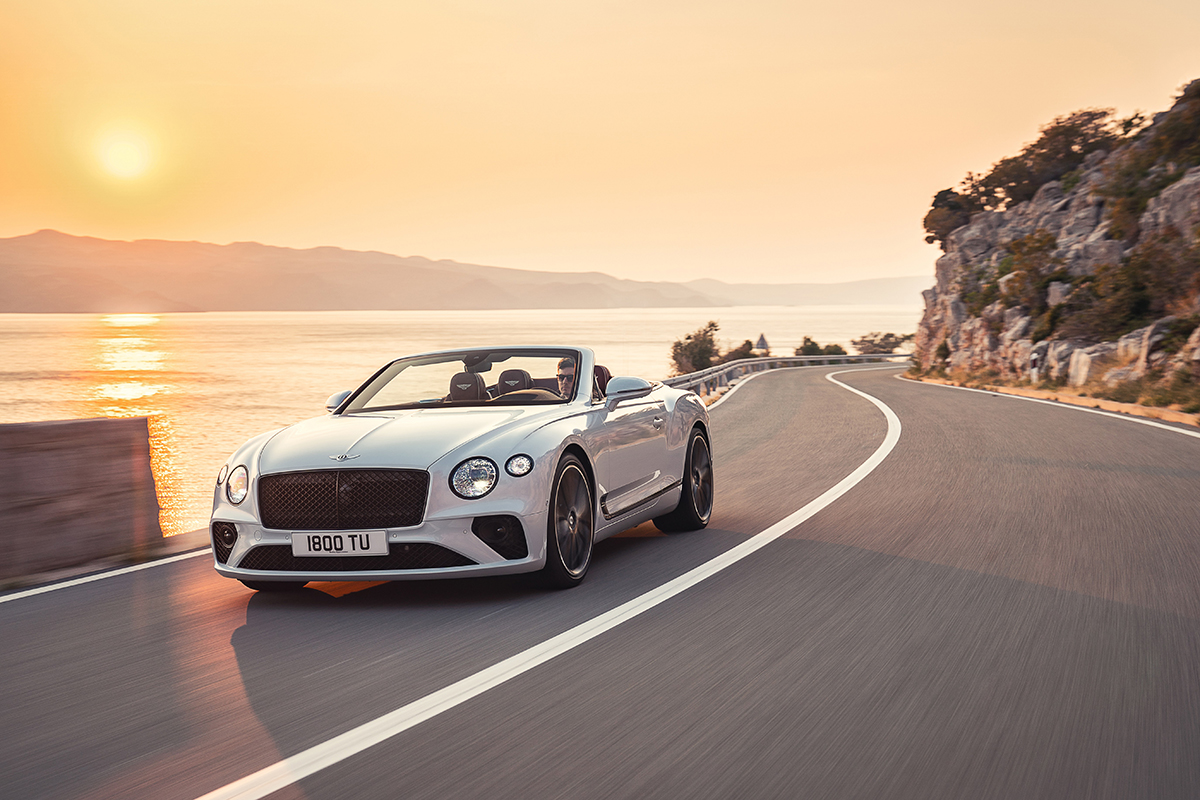
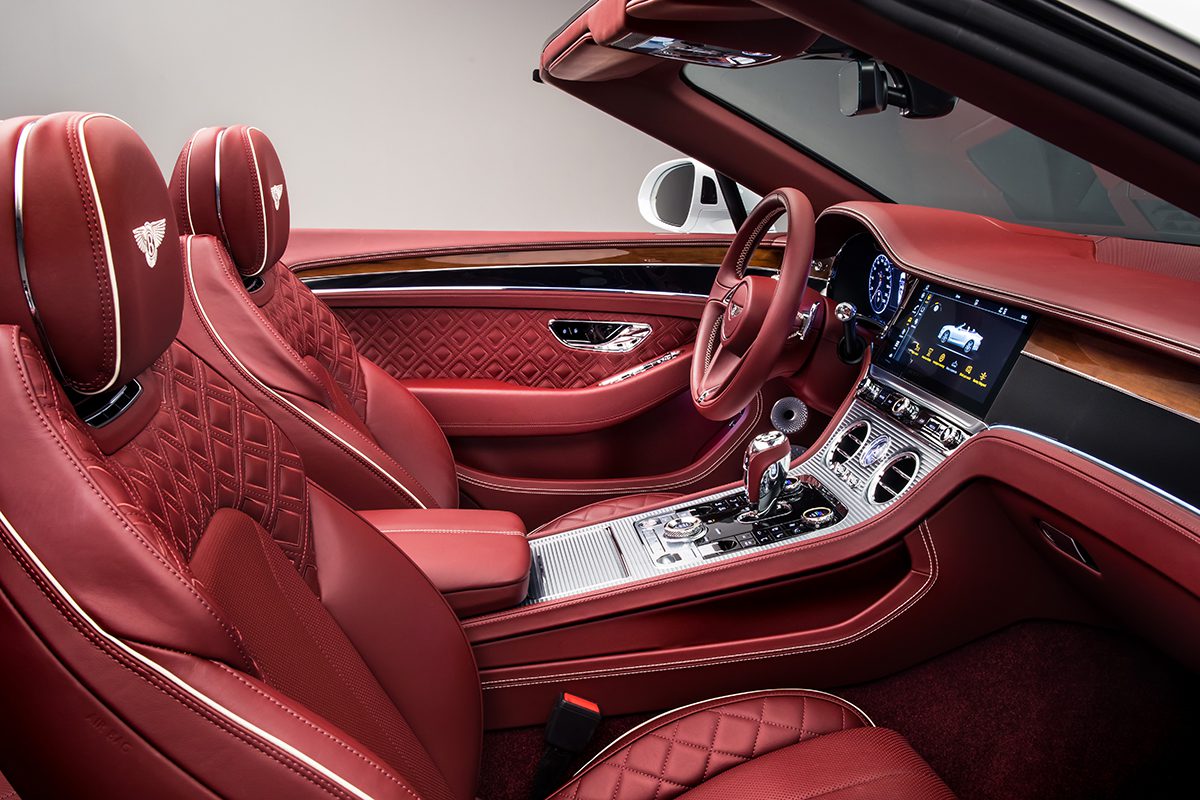
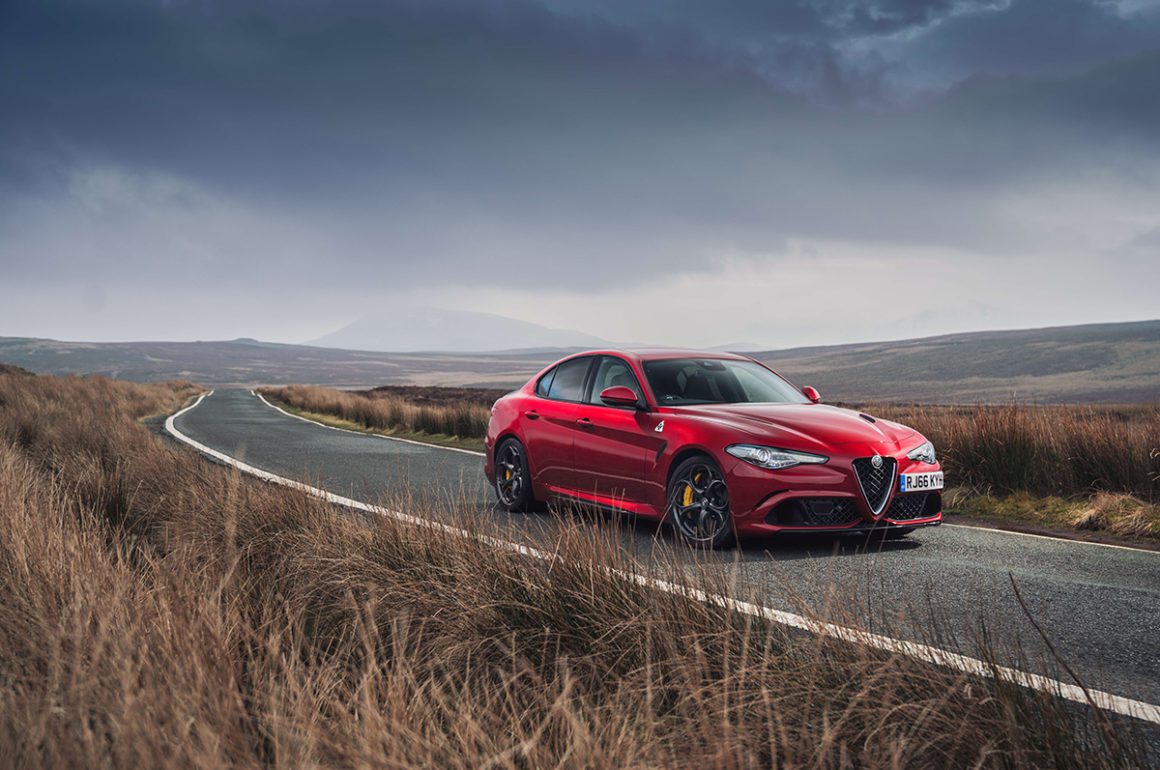
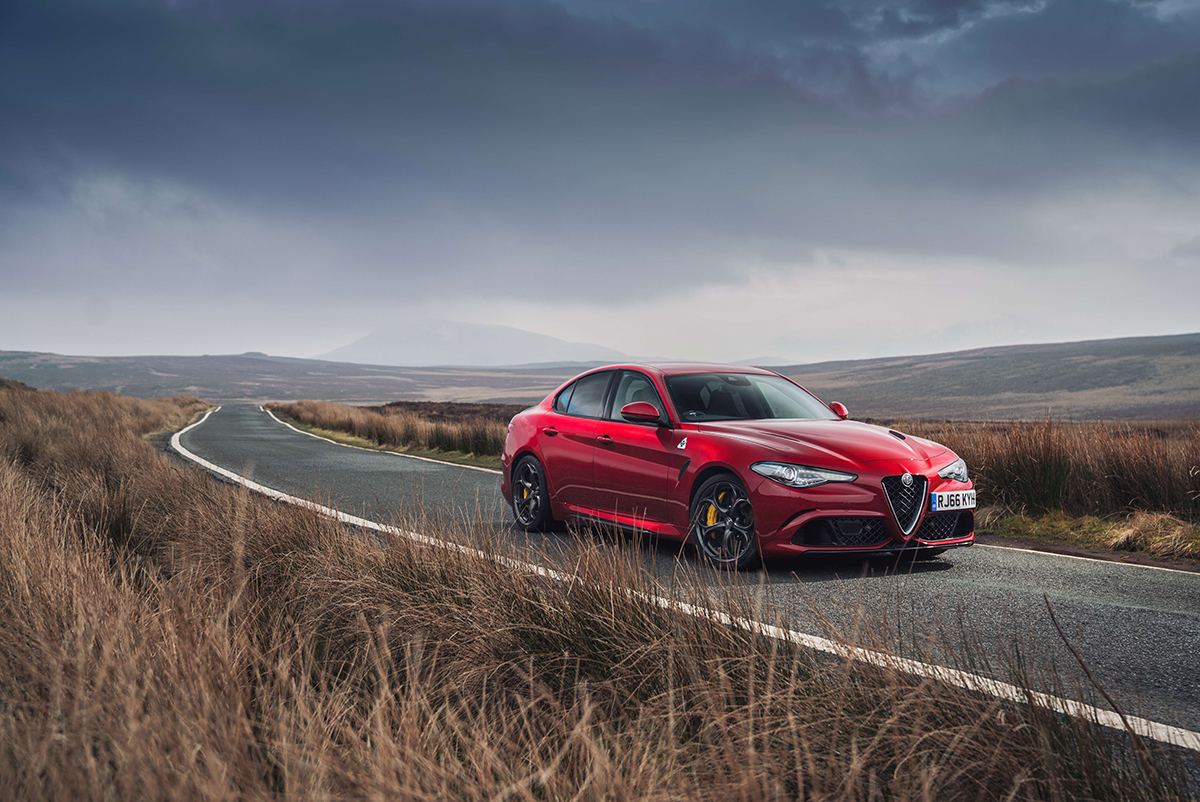






Recent Comments